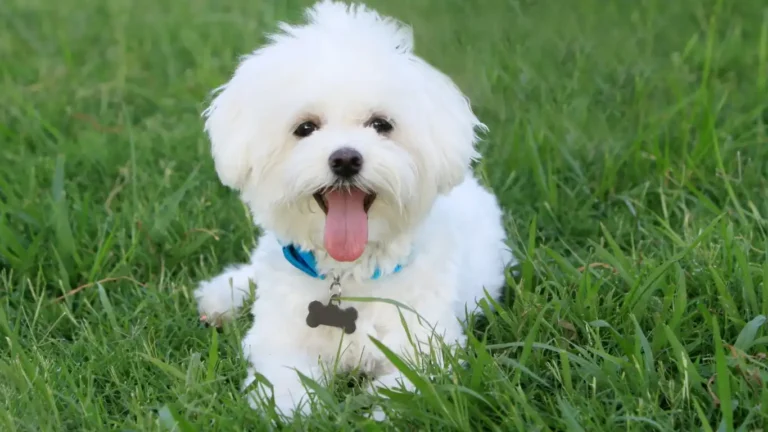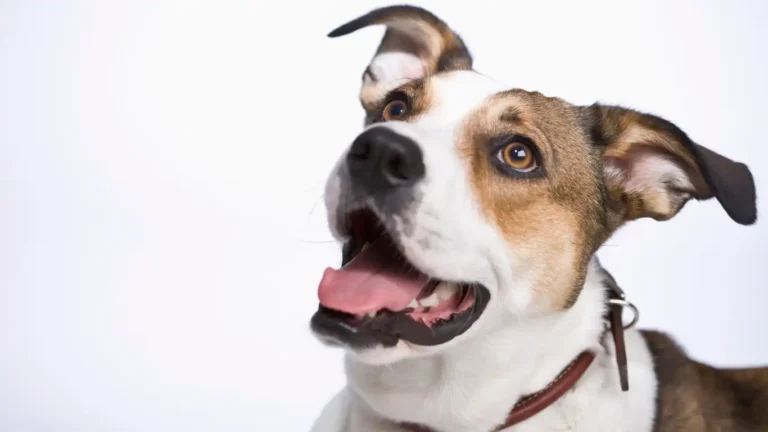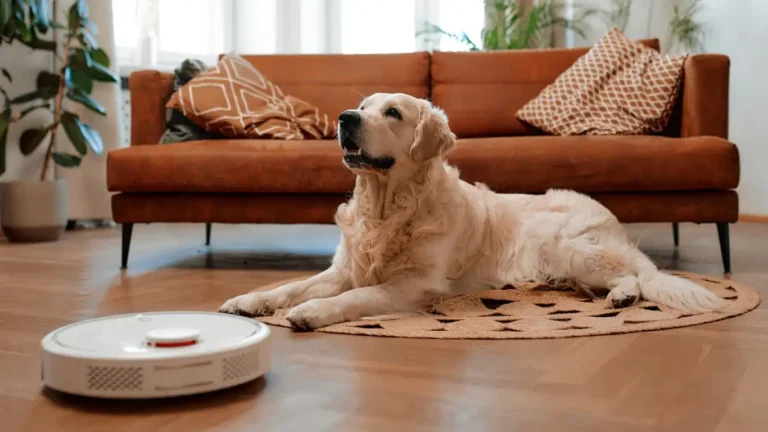How to Care for a Dog with Dry or Cracked Paws Safely and Naturally
Dry or cracked dog paws are a common problem, especially in certain weather or environments. Just like our skin can get chapped and sore, a dog’s paw pads can become dry, rough, or even split open. This can cause discomfort, limping, or infections if not treated. Knowing how to care for your dog’s paws is important for keeping them active, healthy, and pain-free.
Understanding Dog Paw Pads
Your dog’s paw pads are thick, rubbery cushions on the bottoms of their feet. They act like shock absorbers and help protect bones and joints during walking, running, or jumping. The outer layer of the pad is made of keratin — the same tough protein found in nails and hair — while the inner layer has fat and connective tissue that provides support and flexibility.
Because they are exposed to the ground all the time, paw pads have to be tough. But they can also be vulnerable to damage from extreme temperatures, rough surfaces, or chemical exposure. Unlike human feet, dogs don’t wear shoes, so their paws take the full impact of whatever they walk on.
How Paw Pads Work
Each paw pad is designed to protect the inner foot and joints from everyday wear and tear. The pads help dogs maintain balance, absorb shock, and even provide traction. The thick skin and fatty tissue inside help regulate temperature and reduce the risk of injury during movement.
Paw pads also contain sweat glands. These glands help cool dogs down and provide a small amount of moisture. But when conditions are too dry or the pad is overused, the outer layer can crack — much like chapped lips or hands in winter.
Common Causes of Dry or Cracked Paws
Many things can lead to dry or cracked dog paws. Often, it’s not just one cause, but a mix of several environmental or health-related factors. Below are some of the most common:
- Weather: Hot pavement in summer or icy sidewalks in winter can dry out or burn paw pads.
- Rough terrain: Gravel, sand, or hiking trails can wear down the skin on the paws.
- Chemicals: Salt used to melt ice, lawn treatments, or cleaners can irritate the paws.
- Allergies: Dogs with skin allergies may lick their paws excessively, causing dryness or cracks.
- Nutritional deficiencies: Poor diet can affect the health of your dog’s skin, including paw pads.
- Infections: Fungal or bacterial infections may cause the paws to become dry, red, or scaly.
- Excessive licking or biting: This can be a response to discomfort and may worsen cracks or wounds.
If your dog’s paws feel rough, look flaky, or have small splits, it’s a sign the pads may need care. Some dogs may limp or avoid walking on certain surfaces. Others may lick their paws constantly, which can make things worse over time.
Symptoms to Watch For
It’s important to notice changes in your dog’s paw pads early. Signs of dry or cracked paws may include:
- Dry, flaky, or rough-textured paw pads
- Redness, swelling, or irritation
- Visible cracks, especially deep ones
- Bleeding or scabbing
- Limping or sensitivity when walking
- Constant paw licking or chewing
Some of these symptoms may seem mild at first but can get worse if untreated. Pay attention to your dog’s habits and paw appearance during grooming or after walks.
How to Care for Dry or Cracked Dog Paws
The good news is that many cases of dry or cracked paws can be treated at home with a few simple steps. Here are some tips to keep your dog’s paws healthy and moisturized:
- Inspect regularly: Check your dog’s paws weekly for cracks, dryness, or injury.
- Clean gently: After walks, especially in snow or salt, wipe paws with a damp cloth to remove dirt and chemicals.
- Moisturize: Use a dog-safe paw balm or moisturizer. Products with shea butter, coconut oil, or beeswax are great options.
- Protect paws outdoors: Use booties during hot or icy weather to prevent damage. Avoid walking on hot pavement.
- Limit licking: Use an Elizabethan collar (cone) or distraction techniques to reduce licking during healing.
- Stay hydrated and feed well: A balanced diet with enough omega-3 fatty acids supports healthy skin and paw pads.
If your dog seems comfortable, try massaging the balm gently into their paws each evening. It can become part of your daily bonding routine and help speed healing.
When to See a Veterinarian
Sometimes dry or cracked paws are more than just a mild issue. If your dog shows signs of pain, infection, or if home care isn’t helping, it’s time to see your vet.
- Deep cracks that bleed or don’t heal
- Swelling, pus, or bad odor (signs of infection)
- Limping or refusal to walk
- Thick, crusty skin or unusual growths
- Symptoms that keep coming back despite care
Your vet can check for underlying causes like allergies, skin conditions, or infections and recommend the right treatment. In some cases, prescription ointments or antibiotics may be needed.
If you’re unsure whether a cracked paw is serious, it’s always better to ask. Vets are used to helping with paw pad problems and can give you peace of mind and guidance.
Final Thoughts
Caring for a dog with dry or cracked paws doesn’t have to be stressful. With regular checks, proper protection, and a little TLC, most dogs bounce back quickly. Think of your dog’s paws as the foundation for their health — just like shoes protect your feet, your attention helps protect theirs.
If you ever feel unsure, don’t wait — call your vet and ask what’s best for your dog. A little care now can prevent bigger problems later.





